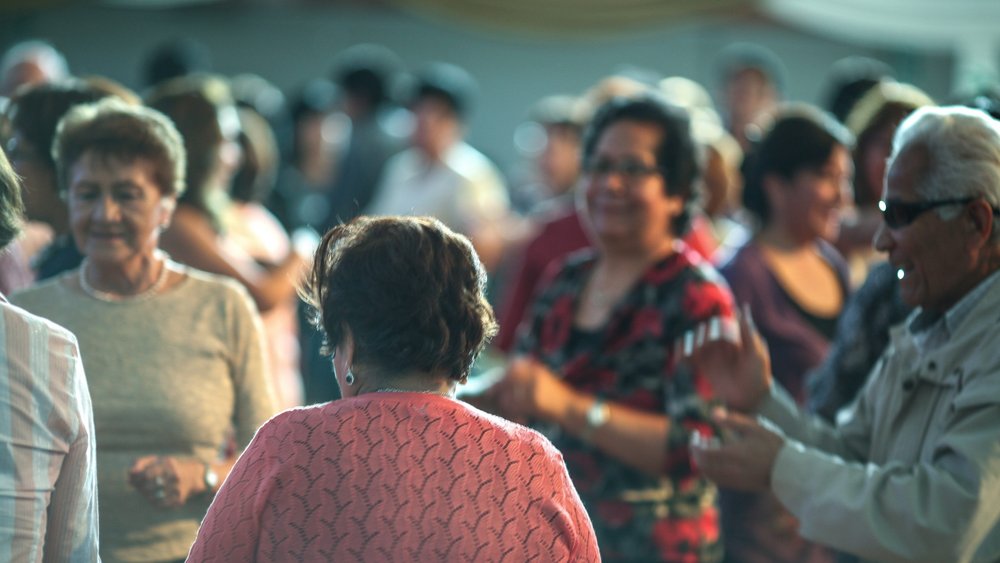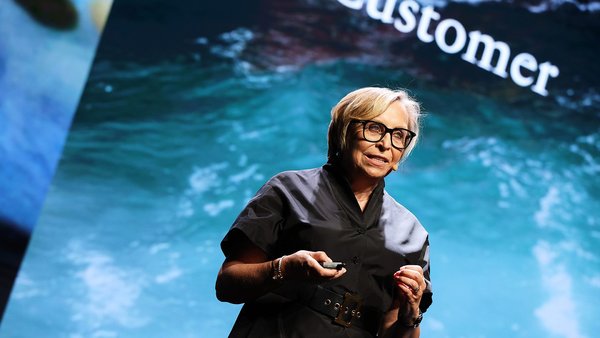Lessons on marketing in an ageing population learned from Japan /
Dr Florian Kohlbacher, an expert on advertising to older people, tells Contagious why brands fail to recognise the potential of silver markets and how they can mend their ways

According to the UN the number of people on the planet aged 60 or older will double by 2050, to nearly 2.1 billion.
The statistic bodes ill for the adverting and marketing industries, which are, according to adland diversity champion Cindy Gallop, ‘ageist as fuck’ when it comes to both their makeup and their output.
If advertising is going to salvage any relevance in this future, it’s going to have to learn to talk to older people.
Fortunately, Japan offers guidance. More than any other country, Japan is experiencing an ageing population, with 28% of its population already aged 65 or older.
Dr Florian Kohlbacher is an expert on global business and consumer trends, and a specialist on the ageing market of Japan, as the author of The Silver Market Phenomenon: Marketing and Innovation in the Ageing Society, and co-author of Advertising in the Ageing Society: Understanding Representations, Practitioners, and Consumers in Japan.
We spoke to him to find out more about why brands have been so poor at marketing to older populations and how they can get better at it.

Photo by Alex Proimos (licence here)
Dr Florian Kohlbacher
What can brands do to get onboard with ageing societies?
Plenty. In my research, I have found that, broadly speaking, there are four mistakes that companies are making when it comes to understanding age. Mistakes ranging from innocent misunderstanding to downright ageism.
Let’s talk about those then.
The first is segmenting exclusively according to age, which doesn’t make sense for a multitude of reasons. When we think about our age, we don’t tend to think accurately. Rather, we measure ourselves through a subjective lens – a phenomenon known as subjective age, or cognitive age, or field age in other fields.
Research from around the world has found that something changes at around the age of 30. Before then, we tend to think of ourselves as older than we are; after that, we see ourselves as younger than we are. But segmenting by number is a fallacy. It is much more likely that it will come down to other factors such as individual lifestyle, financial, professional or health situations that influence the wants and needs of most consumers.
Even more apparent is the cohort effect between generations. To be 60 [years old] 30 years ago is not the same as being 60 now – they come from different worlds and have different expectations.
On top of that is the period effect: the experiences you had. I grew up in Germany, so the reunification of the country of course made an impression on me when I was at high school. For others it will be Brexit or 9/11 - these big events in society effect individuals during their formative years and cannot be disregarded.

In your book, Advertising in the Ageing Society: Understanding Representations, Practitioners, and Consumers in Japan, you mention how in Japan there are multiple segments for the elderly demographic, can you tell us about that?
It shouldn’t be silver market as so much as silver markets. How can 50% of the population, aged 50+ be a single market? That’s my second tip, whilst it might be handy to box in the elderly in this way, it may not make any sense. With today’s high life expectancy, 50+ can almost refer to half of the human life cycle.
So, what is your third tip?
It goes back to the idea of subjective age. We asked a lot of people in our research over the years when old age begins, the results essentially [suggested it was always] slighter older than the interviewee. Today, it is more important than ever to know your consumer, so what businesses should avoid doing is patronising the senior market by assuming they know how the market feels. Instead of asking seniors or incorporating them into development, many companies active in the silver market seem to believe that they know what customers want much better than they do. As in the case for segmentation, don’t take a step backwards, be innovative and approach consumers.
You mentioned that ageism is a factor at play here, how so?
That’s the fourth point: marketing and advertising to the elderly is hardly the most fashionable topic. [Because of] its perceived lack of sexiness, many brands are shying away from the challenge due to fears that it might alienate their current, often younger, target groups. Parallel success among young and senior people is indeed a big challenge, and the key to success here refers to ‘universal design’ or ‘trans-generational’, as well as ageless, or ‘age-neutral’ marketing.
What doesn’t help is that in public discourse, all you ever hear about is negativity when it comes to ageing. Here in Japan, for instance, the prime minister called a snap election in the name of a national emergency: ageing.
What are your thoughts on that?
I always tell people, ‘think about it, flip it around and think about it as more of an opportunity.’ An opportunity to shift away from what I call the classical silver market (medical and pharmaceutical products) and instead [towards] a mindset for developing new products and services, policies and innovations. Turn Japan into both the laboratory and the factory for ageing and solutions. Then we can begin exporting these positive lessons and developments instead of negative misconceptions of what it means to age.
Contagious is a resource that helps brands and agencies achieve the best in commercial creativity. Find out more about Contagious membership here.
Want more of the same? /
We don’t just write about best-in-class campaigns, interviews and trends. Our Members also receive access to briefings, online training, webinars, live events and much more.







